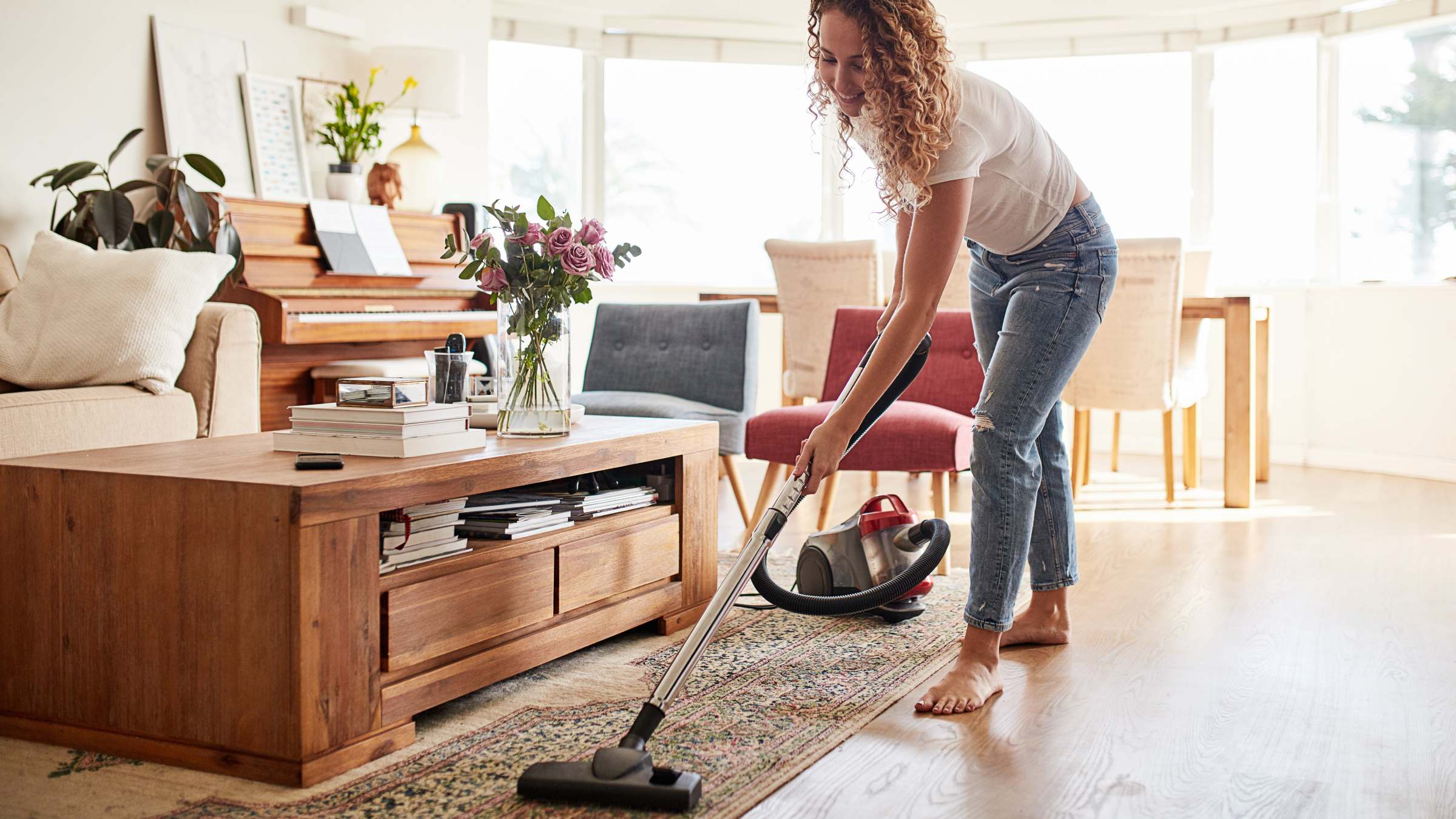
When we talk about air pollution, your thoughts might go straight to the outdoors. But, for many people, the risks from indoor air pollution (exposure hazards and potential associated illness) are actually greater than the threats that the outdoors pose to them.
That’s why it’s important to take some practical steps in your home — where you spend much of your time, especially if you’re a remote worker — to ensure that the indoor air quality is acceptable and healthy, says Michael Bisesi, PhD, CIH.
Bisesi is the vice dean for Academic Affairs and Academic Administration and professor and interim chair of Environmental Health Sciences in The Ohio State University College of Public Health, and he’s studied environmental and occupational health for more than four decades.
We spoke with him to gather his best tips on improving that air quality indoors:
DOs of home indoor air quality
1 Install smoke detectors and carbon monoxide detectors throughout your home, especially if you have a source of combustion, like gas heating elements.
2 Make sure gas stoves/ovens and similar fuel-powered heaters are well-ventilated, as these can become sources of toxic carbon monoxide gas buildup.
Both gas and electric stoves and ovens can be ventilated with a local exhaust fan positioned above or next to the appliance and exhausted to outside. Fuel-powered heaters (e.g., kerosene or natural gas) should have an exhaust pipe or duct vented to outside. Wood and gas fireplaces also must be vented to outside. These examples not only control indoor carbon monoxide gas levels, but also control the indoor accumulation of airborne particulate matter like smoke, and other gaseous contaminants associated with combustion or cooking.
3 When buying a vacuum cleaner, choose one with a high efficiency particulate air (HEPA) filter or a HEPA bag.
And you should maintain that vacuum according to the manufacturer’s instructions so that it continues to intercept particulate matter rather than picking up surface dust and dirt and then exhausting those particles back into the air.
4 Maintain your heating, ventilation and air conditioning (HVAC) system.
Take steps to optimize air circulation and use an optimal MERV-rated filter compatible with your HVAC system.
5 Test your home for radon.
You should test your home for radon during the home inspection period before buying a house, typically as part of your home inspector’s services. But if you’ve been living in a home for a while and have never had it tested, this process is worthwhile. Many areas of central Ohio, for example, are prone to a buildup of this naturally occurring gas because of the region’s geological formations. If radon is discovered, radon mitigation can be installed relatively simply by a professional company, and while it may cost about $1,200 to fix initially, it’s a small price to pay to keep potentially cancer-causing radon away from you and your family.
6 Launder bedding regularly, dust and vacuum often and minimize clutter, which can contribute to dust and dust mite accumulation.
Clean up crumbs quickly and keep trash cans covered to avoid attracting or harboring pests. Wet or damp mopping is better than sweeping with a dry broom, as a wet mop is less likely to sweep particulate contaminants back into the air.
7 Ensure that the basement surfaces are treated with waterproofing sealant before adding drywall or wood-based panels to concrete walls.
If you’re adding drywall panels or wood-based panels to your concrete basement walls, or adding certain flooring like carpeting to concrete basement floors, ensure that the basement surfaces are treated with waterproofing sealant beforehand. Adding other materials can wick moisture from the basement concrete, eventually creating mildew and mold spores and making it difficult to control moisture.
8 Use hobby supplies, like paints, glues, etc., in well-ventilated spaces, especially if they produce strong, irritating odors because of gaseous vapors.
9 Maintain indoor plants.
House plants can help contribute to cleaner air and are aesthetically pleasing, but if they’re not properly watered and maintained, they can grow mold that can become airborne.
10 Fix water leaks in windows, roofs, walls or floors as soon as you notice them to prevent mold growth and further moisture issues.
Tips to keep your HVAC system clean and functioning well for healthy air
DON’Ts of home indoor air quality
1 Don’t smoke indoors (or at all, if possible).
Not only does smoking affect your health and the health of those near you via secondhand smoke, but “thirdhand smoke” can build up on surfaces and affect others for weeks, months or even years.
2 Don’t let moisture build up in the home — use a dehumidifier to keep humidity between 30% and 50%.
A furnace humidifier installed in the ducts can help increase humidity when needed, such as in dry winter months.
3 Don’t use aerosol fragrances or candles too frequently, as they release gaseous and particulate contaminants into the air.
A home with perfectly optimized air quality would have no need for air fresheners, scented candles, oil diffusers, etc.
4 Don’t accumulate a large inventory of cleaners, paints, varnishes or solvents unnecessarily, and keep them safely enclosed in a space away from high heat.
5 Don’t use a wood-burning fireplace or stove unless it’s properly ventilated.
Some people love the smell of burning wood, but what you’re smelling is smoke and other emissions from combustion.
6 Don’t let moisture accumulate in bathrooms.
Steam, especially from hot showers, needs a place to escape, whether through an open window or, ideally, through a local exhaust fan mounted to the ceiling or wall that pulls the moisture to the outdoors.
The risks of not prioritizing clean air
We all know that air is vital for human life. We’re breathing all the time. So, when some toxic chemical gases or particulate matter enter that air, we can’t help but inhale some contaminants into our respiratory system.
Some short-term, immediate effects, Bisesi says, can potentially make breathing more difficult and irritate the eyes, nose, mouth, throat and lungs.
“There also may be itching, sneezing, burning sensations and coughing. Inhalation of some infectious or allergenic microbiological aerosols can initiate respiratory infections or allergic responses,” he says.
If you already have allergies or a chronic lung disease like asthma, emphysema, cystic fibrosis or chronic obstructive pulmonary disease (COPD), poor air quality may trigger or aggravate symptoms.
“Some contaminants, if inhaled, can also absorb from the respiratory system into the blood stream and travel to other organ systems. This systemic distribution can lead to other effects such as fatigue, confusion or other neurotoxic effects, among other symptoms.”
2024 Editor's Note: Michael Bisesi, PhD, CIH, retired from The Ohio State University in May 2024.

Now more than ever, environmental health researchers and practitioners are needed to address environmental issues and threats.
The Ohio State University College of Public Health offers Environmental Health degree programs and a Global One Health Certificate.
Learn More




